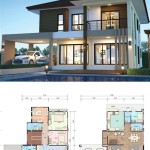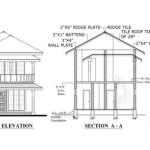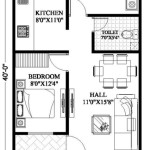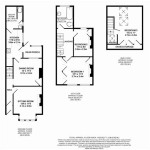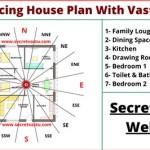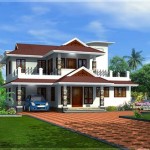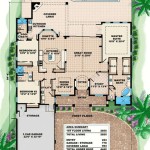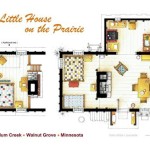Multi-Level Home Floor Plans: Design Considerations and Benefits
Multi-level home floor plans offer a unique approach to living, providing both functional and aesthetic advantages. These plans typically feature a combination of levels, each with its designated purpose and design elements. The arrangement of levels can vary significantly, depending on the size of the lot, the homeowner's preferences, and the architectural style of the home.
Whether you're building a new home or considering a renovation, understanding the nuances of multi-level floor plans is essential. This article explores the key aspects of these designs, outlining the factors to consider when choosing a multi-level plan and highlighting the distinct advantages they offer.
Advantages of Multi-Level Homes
Multi-level homes offer a variety of benefits that can enhance your living experience. These advantages extend from maximizing space utilization to creating distinct living zones within a single dwelling.
1. Enhanced Space Efficiency
One of the primary advantages of multi-level designs is their ability to maximize space efficiency. By utilizing vertical space, multi-level homes can accommodate more living areas and bedrooms within a smaller footprint compared to single-story homes. This is particularly beneficial for homeowners with limited lot sizes or who are seeking a more compact living space.
2. Defined Living Zones
The distinct levels in a multi-level home create natural divisions between different living zones. The upper levels often house bedrooms and private spaces, while the lower levels can accommodate public areas like living rooms, dining rooms, and kitchens. This separation promotes tranquility in bedrooms and facilitates social gatherings in communal areas.
3. Architectural Interest and Visual Appeal
Multi-level designs inherently lend themselves to more visually interesting and dynamic architecture. The interplay of levels, staircases, and windows creates a sense of depth and visual intrigue. The varied angles and elevations can showcase stunning views and contribute to a more distinctive aesthetic.
Design Considerations for Multi-Level Homes
While multi-level homes offer numerous advantages, designing and building them requires careful consideration. Several key aspects need to be factored in to ensure a successful and functional multi-level home.
1. Accessibility and Circulation
Accessibility and ease of circulation are paramount in multi-level homes. Staircases should be well-lit, have adequate handrails, and be designed for safe and comfortable use. Consider the needs of all residents, including children and older adults, to ensure a smooth flow of movement between levels. In some cases, incorporating an elevator may be advisable for improved accessibility.
2. Natural Light and Ventilation
Maximizing natural light and ventilation is essential in multi-level designs. Strategically placed windows and skylights can illuminate even the lower levels, promoting a brighter and more welcoming atmosphere. Cross-ventilation can be achieved by ensuring proper airflow between levels, reducing reliance on artificial cooling systems.
3. Building Materials and Construction
The choice of building materials and construction techniques directly impacts the overall cost, performance, and aesthetic appeal of a multi-level home. Durable and fire-resistant materials are essential, while incorporating sustainable options can contribute to energy efficiency and environmental responsibility.
Types of Multi-Level Floor Plans
Multi-level homes come in various configurations, each with its own unique features and advantages. Some common types include:
1. Split-Level Homes
Split-level homes feature a staggered layout with two main levels connected by a short flight of stairs. The entry level typically includes the living areas, while the upper level accommodates bedrooms and bathrooms. The lower level often houses a family room, a guest room, or a recreational space.
2. Bi-Level Homes
Bi-level homes have a distinct upper level and a lower level separated by a significant height difference. Stairs typically connect the two levels, creating a clear division between living zones.
3. Tri-Level Homes
Tri-level homes feature three distinct levels, often with a split-level configuration for the upper and lower levels. The middle level often serves as a central hub connecting the other levels. These plans offer a generous amount of living space and allow for greater separation between living zones.
Conclusion
Multi-level home floor plans offer a unique blend of functionality, aesthetics, and space efficiency. By carefully considering design considerations and exploring the various types of multi-level homes, homeowners can create truly personalized living spaces that meet their individual needs and preferences.

Split Level House Plans And Foyer Floor

4 Bedroom Split Level House Plan 2136 Sq Ft 2 Bathroom

Familyhomeplans Com Plan Number 45253 Order Code 01web Split Level House Plans Modular Home Floor
Split Level Homes Designs G J Gardner

Split Level Home Designs Stroud Homes

Beautiful Tri Level House Plans 8 1970s Home Split Floor

Split Level House Plans Home Design 3266

Split Level Homes 50 Floor Plan Examples Archdaily

Modern Split Level House Plans And Floor With Garage

Split Level Home With Rec Room 23445jd Architectural Designs House Plans

